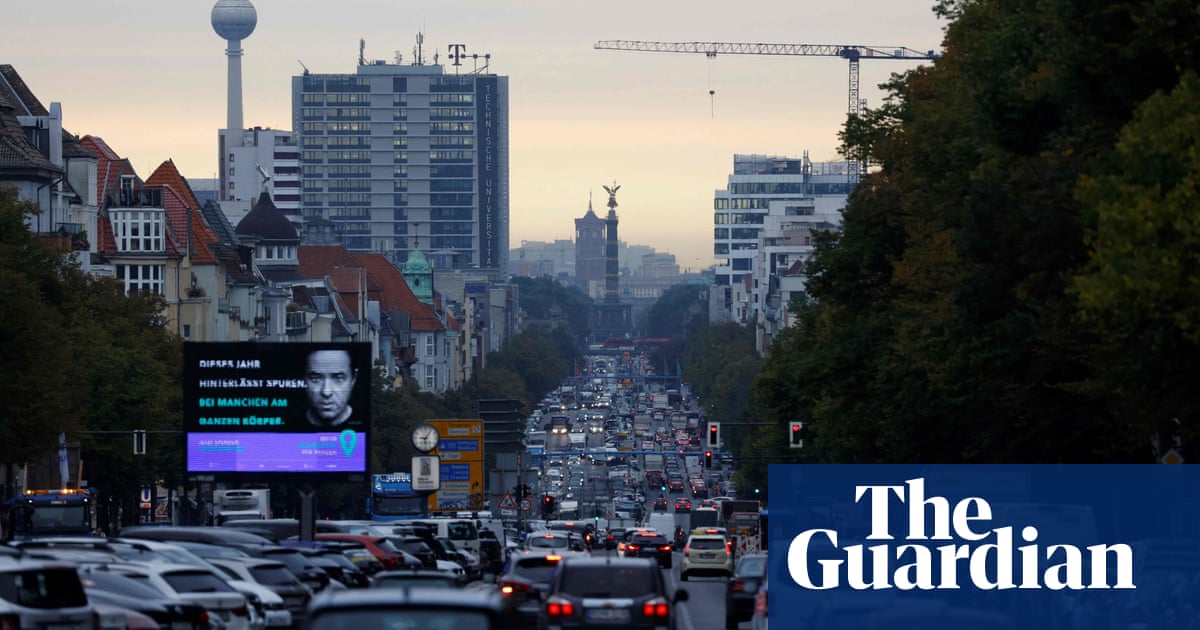
Children will have their lives shortened by an average of a year and eight months from breathing polluted air, according to two new reports from the State of Global Air initiative. In some of the worst-affected countries, babies born today will, on average, lose more than three years of life unless air pollution improves.
Air pollution was the fourth leading cause of death around the globe in 2019, at about 7 million early deaths. This is more than those from more well-known risks including smoking, malaria and poor hygiene. The worst-affected countries face the double challenge of poor outdoor air pollution and breathing smoke from household cooking and heating.
India dominates the list of cities that have particle pollution more than 20 times the new World Health Organization (WHO) guidelines. Rawalpindi in Pakistan also features, along with Cairo in Egypt and Kampala in Uganda. Data on Africa is sparse and the picture is incomplete.
Dr Maria Neira, the WHO director for public health, environmental and social determinants of health, said: “These horrible numbers call for an ambitious, quick and bold action. The burning of fossil fuels is killing us, causing millions of premature deaths every year through air pollutants, costing the global economy billions of dollars annually, and fuelling the climate crisis.
“Let’s fuel a healthy and green recovery instead by committing to 100% green stimulus spending and an end to all fossil fuel subsidies, while also ensuring energy access for all. In cities we need less cars and congestion, and more public transport powered by sustainable, clean energy. And very important, governments need to commit to the WHO’s new air quality guidelines.”
Is this modern-day air pollution the worst that humanity has experienced? Although air pollution measurements only began about 100 years ago, we can estimate air pollution from early measurements of electrical properties of the atmosphere.
Data from near Hyde Park from about 1790 suggests London’s particle pollution then was about half that in the most polluted cities in today’s India. By the late 1800s air pollution at the Kew Observatory on the edge of London was similar to the worst Indian cities today, though pollution in Paris was less than half this value.
But even the worst cities in India today cannot match the UK’s air pollution in the 1920s when first routine measurements of particle pollution began. Central London was twice as polluted as contemporary Indian cities, and industrial Stoke-on-Trent was more than four times worse.
At this time the UK was home to 44 million people. Today about 400 million people are exposed to the poor air in north India’s Ganges basin, making it a far larger air pollution crisis.












